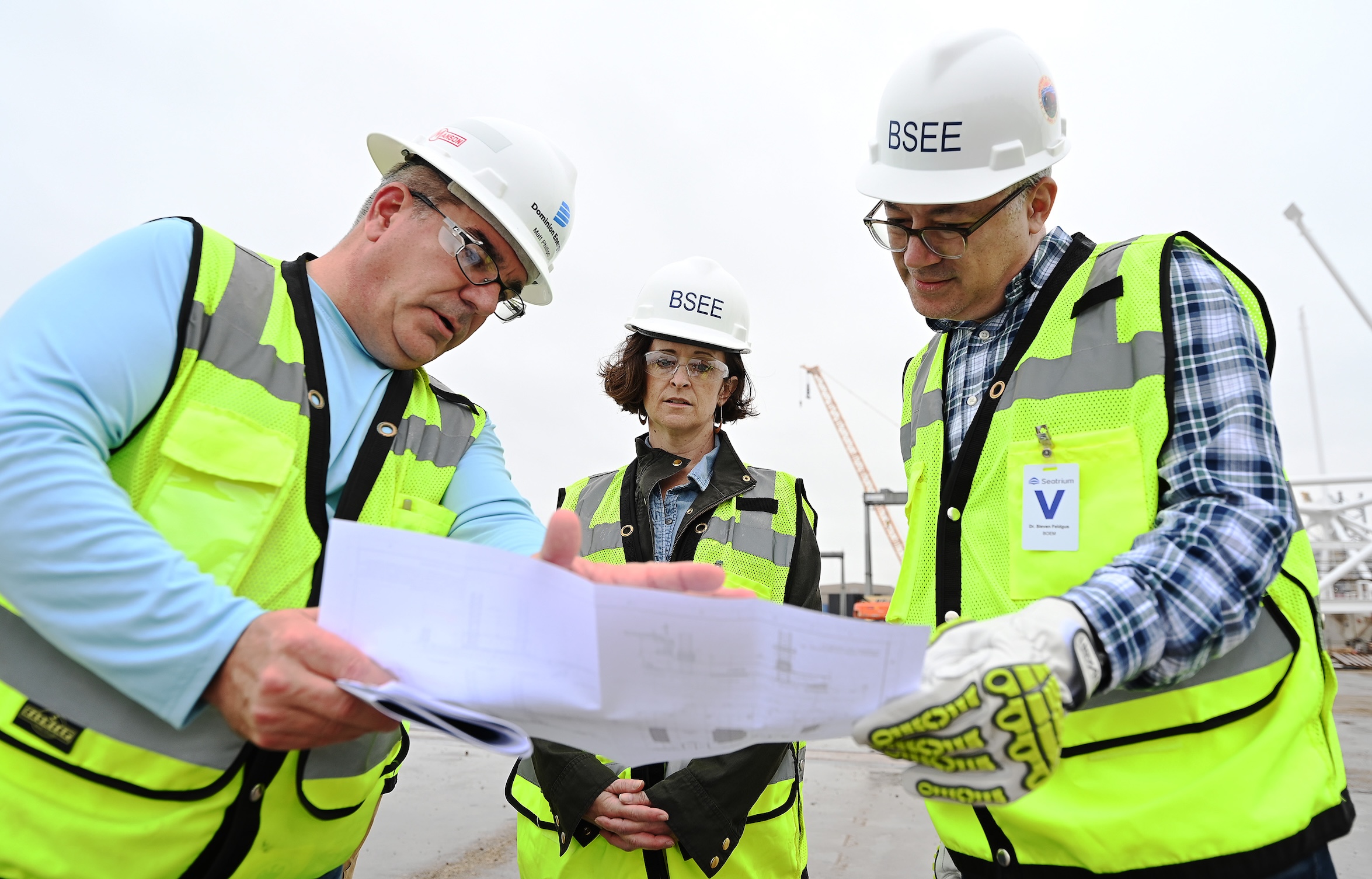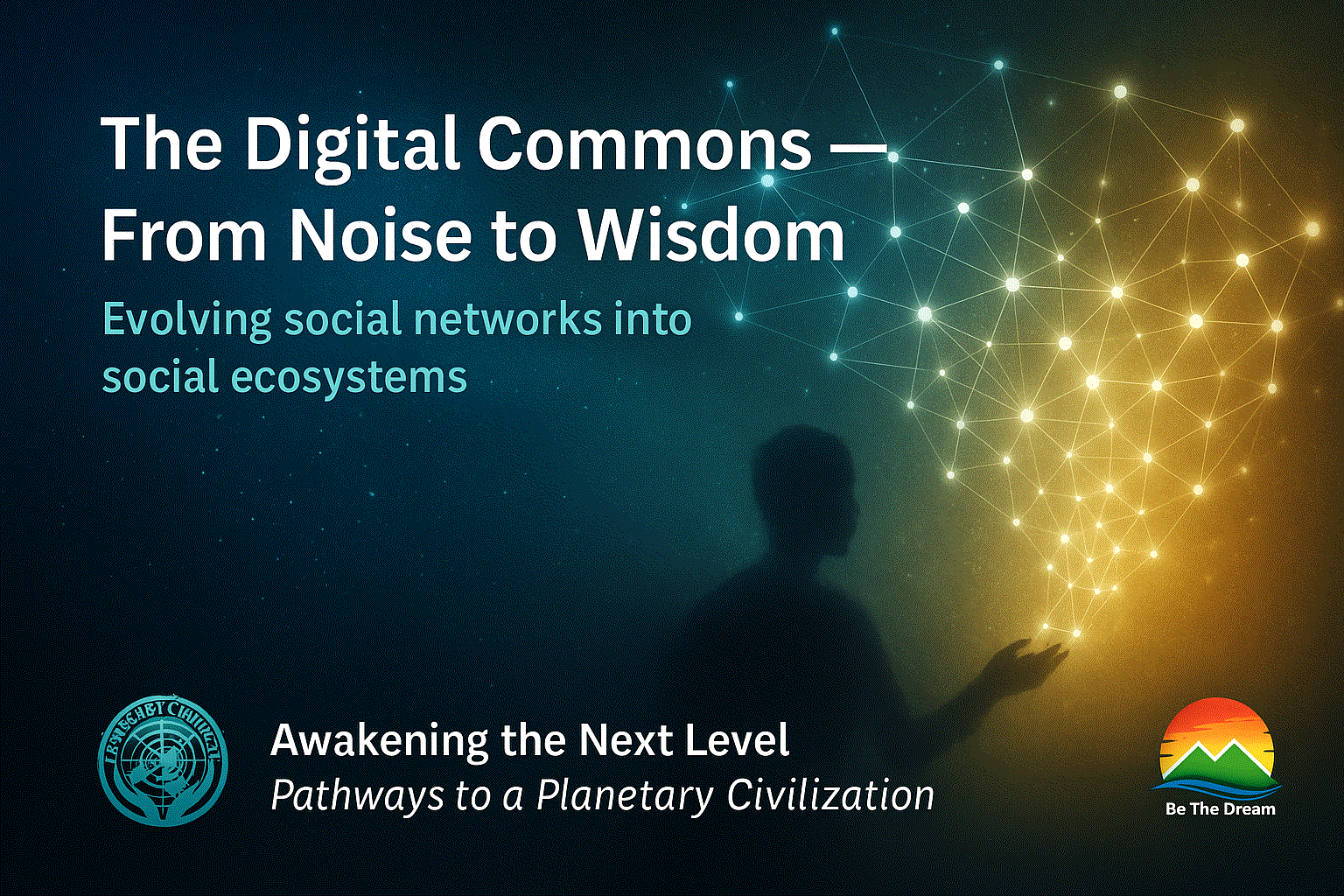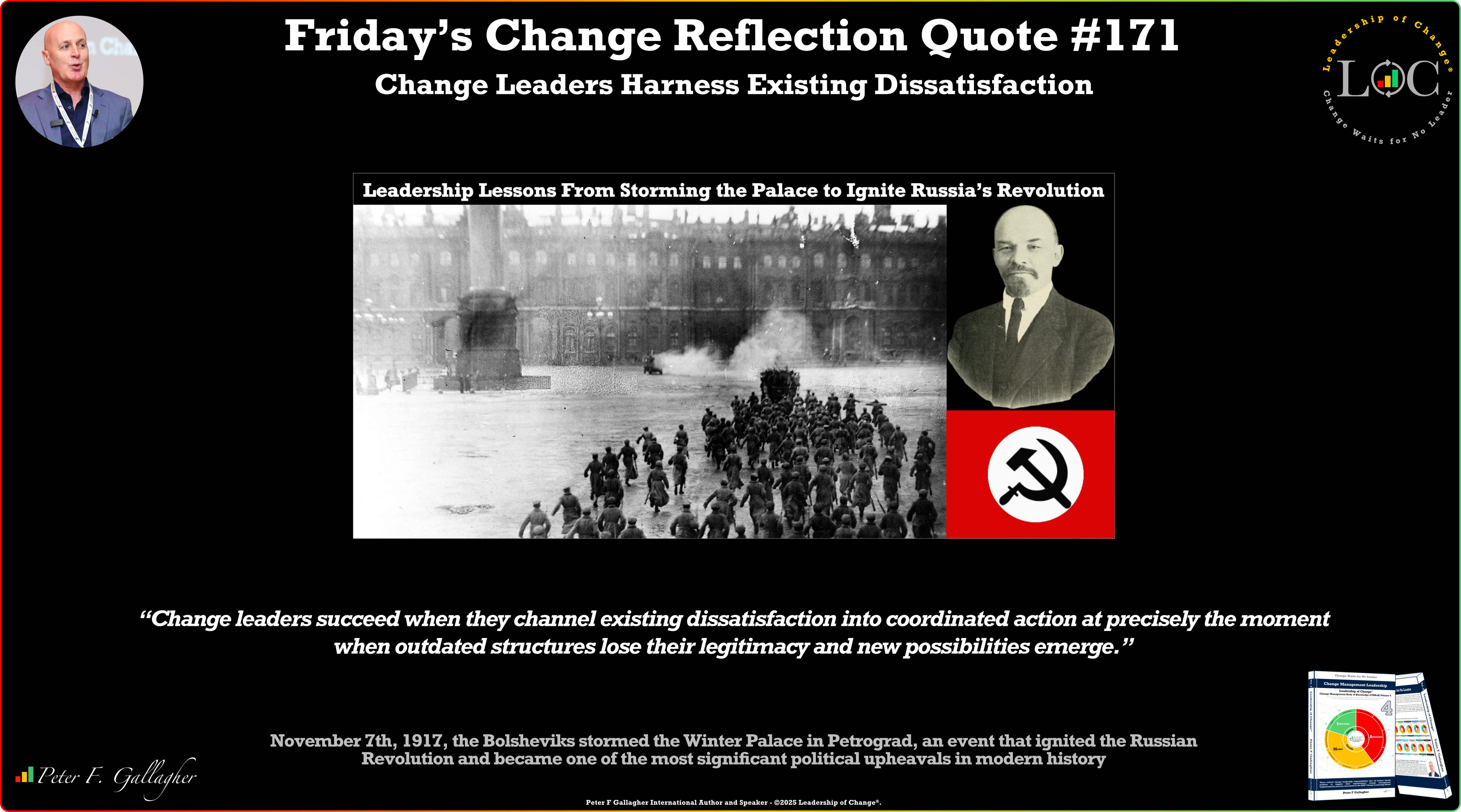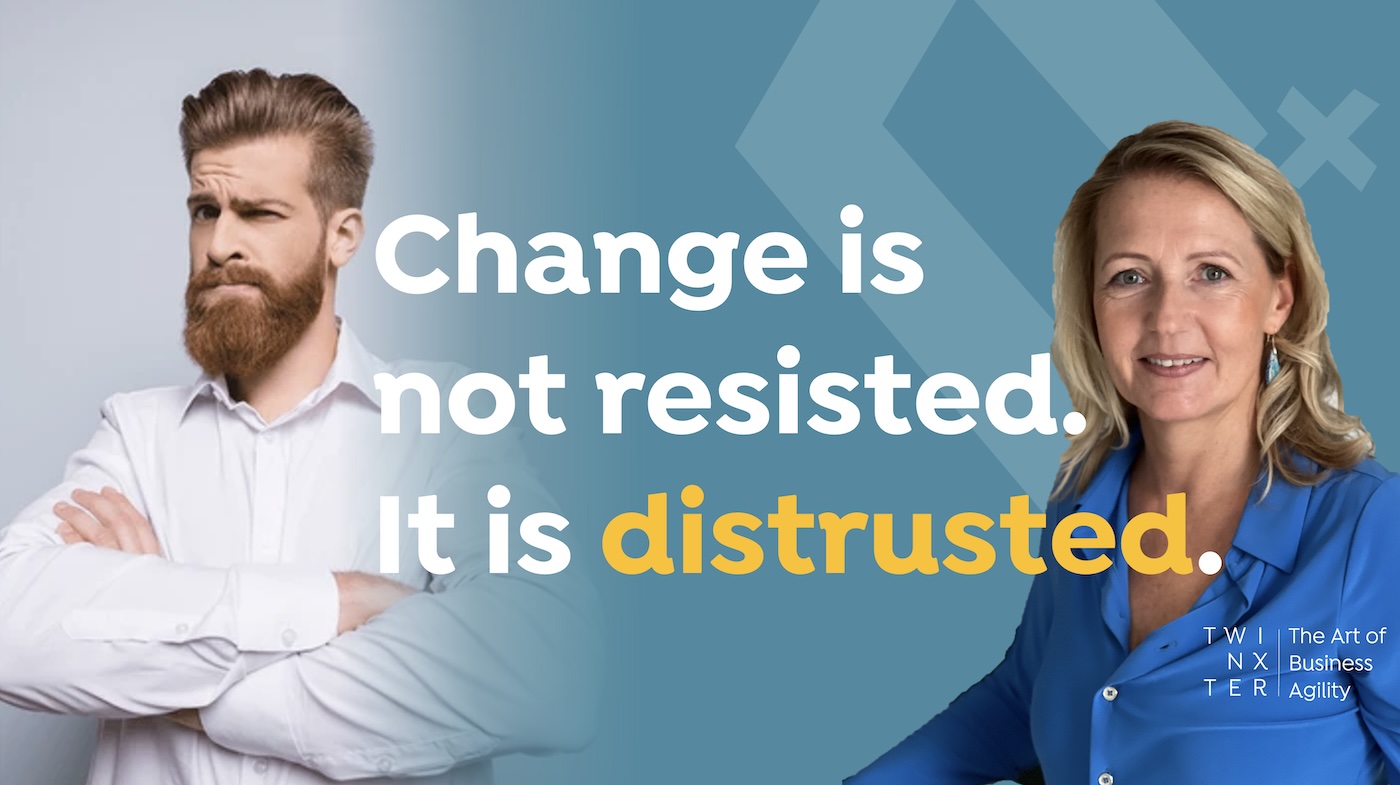Jul23

PowerPoints don’t save lives. They don’t cut emissions either. And they certainly don’t help your new hire understand the inside of a 3-storey ship engine without risking a limb.
And yet, engineering organisations across the globe are still using them as their primary communication, onboarding, and sales tool. It’s costing them. In time. In talent. In safety. And increasingly, in carbon.
That’s why I invited Matt Trubow, Commercial Director at immersive technology company Hidden Creative, to join me on the latest episode of the Sustainable Supply Chain podcast. What followed was a fascinating conversation about how immersive digital environments are transforming some of the world’s most complex industries.
But this post isn’t just about a podcast. It’s about the bigger story: how immersive tech is reshaping how we explain, sell, and train around complex infrastructure, and why that shift needs to accelerate.
From offshore wind nacelles to substation switchgear, our infrastructure is getting more sophisticated. But the way we communicate it hasn’t kept pace.
Enter immersive, browser-based 3D platforms like Simmerse, the one Matt and his team have developed. They create photorealistic, interactive representations of complex assets - wind turbines, water treatment facilities, marine engines, that can be explored collaboratively, in real time, from any web browser.
No headsets required. No downloads. Just a link.
And the benefits? Immediate.
A single in-person client demo for a large engineering project might require flying several people across countries or continents. Multiply that by hundreds of demos annually, and you’re easily clocking tens of thousands of tonnes of CO2.
One Hidden Creative client, ABB, estimated that shifting their engineering walkthroughs into immersive environments saved them over $688,000 a year, and untold tonnes of carbon emissions. Across six months, they logged 3,000 hours of virtual engagement across web and VR. That’s 3,000 hours where flights weren’t taken, hotels weren’t booked, and emissions weren’t pumped into the atmosphere.
For global supply chains under pressure to decarbonise, this isn’t a nice-to-have. It’s a critical lever.
According to the International Transport Forum, business air travel alone accounted for around 12% of total airline emissions pre-COVID. With Scope 3 reporting tightening, eliminating avoidable travel is a fast win.
You can’t open up a live transformer. You shouldn’t be climbing a turbine tower for a sales demo. And if you’ve ever had to tour a confined substation with new hires, you know the hazards are real.
Immersive tech changes the equation.
Matt described how clients now bring new engineers into simulated nacelles, substations, or marine engine rooms before they ever step foot on-site. They explore. They interact. They learn. All without touching a live wire or donning a hard hat.
And it’s not just new hires. It’s regulators. Salespeople. Sustainability leads. Finance stakeholders. Anyone who needs to understand what the asset does, how it operates, and why it matters, without compromising safety.
The ability to offer deep engineering context without the risk of injury is a game-changer.
Yes, immersive tech requires upfront investment. But compared to the cost of flying subject-matter experts across the world, booking meeting venues, arranging demos, paying per diems, and suffering project delays due to misalignment? It’s a rounding error.
With immersive technologies, engineering firms get a shared, persistent environment for communication and onboarding. Want to show a potential client how your hydrogen-ready turbine interfaces with legacy infrastructure? No problem. Want to onboard 50 technicians in 10 countries without flying a single one of them in? Easy.
And the savings aren’t just financial.
There’s efficiency. Engineers no longer spend hours building custom decks for every sales pitch. There’s consistency. Every stakeholder sees the same model, experiences the same walkthrough, and leaves with the same understanding.
And perhaps most critically, there’s speed. In fast-moving procurement cycles, clarity wins deals. Immersive tech delivers that clarity.
In the first year of launching Hidden Creative, Matt spent over 250 days travelling. That’s nearly nine months on the road. It’s unsustainable, not just environmentally but personally.
We often talk about emissions and cost when we advocate for less business travel. But let’s not forget the human side.
Every night in a hotel is a night away from family. Every red-eye flight is a drain on wellbeing. And burnout, especially in high-skill, high-demand engineering roles, is real.
Immersive environments allow senior experts to be present at critical moments without being physically present. That’s a win for families, a win for talent retention, and a win for the long-term health of engineering teams.
In industries like energy and infrastructure, the skills gap isn’t coming. It’s here.
According to the World Economic Forum's Future of Jobs Report 2025, nearly 60% of workers will require upskilling by 2030 due to rapid technological advancement, the green transition, and demographic shifts. The urgency for scalable training solutions like immersive tech has never been greater. At the same time, experienced engineers are retiring, often taking decades of operational insight with them.
Immersive tech gives organisations a tool to codify that knowledge. With these platforms, you can record a walkthrough, embed expert commentary, and create persistent training environments that younger staff can return to again and again.
This isn’t just training. It’s institutional memory. Captured. Scalable. Always available.
Engineering, manufacturing, and energy companies are under unprecedented pressure to decarbonise, reduce cost, and accelerate digital transformation.
Immersive technology delivers on all three.
Yet uptake remains uneven. Many organisations are still stuck in the PowerPoint era, unsure of how to get started, daunted by perceived complexity, or waiting for others to go first.
They shouldn’t wait.
The technology is here. It’s mature. It’s accessible. And the savings, in carbon, in cost, in lives, are real.
If you’re responsible for sustainability, digital transformation, or workforce development in your organisation, it’s time to put immersive technology on your agenda.
This isn't just a tech upgrade. It's a communication shift that matches the complexity of our world.
If you’d like to hear Matt walk through how their clients are saving hundreds of thousands in costs, reducing emissions, and rethinking engineering sales and onboarding, check out the full episode here: Sustainable Supply Chain Podcast, Episode 77.
Or visit https://www.sustainablesupplychainpodcast.com/ to explore more episodes.
If your engineers are still relying on PowerPoint and plane tickets, it's time to upgrade. Not just your tools, but your impact.
This article was first published on TomRaftery.com
Photo credit Bureau of Ocean Energy Management on Flickr
By Tom Raftery
Keywords: Engineering, Supply Chain, Sustainability
 The Digital Commons — From Noise to Wisdom
The Digital Commons — From Noise to Wisdom Friday’s Change Reflection Quote - Leadership of Change - Change Leaders Harness Existing Dissatisfaction
Friday’s Change Reflection Quote - Leadership of Change - Change Leaders Harness Existing Dissatisfaction The Corix Partners Friday Reading List - November 7, 2025
The Corix Partners Friday Reading List - November 7, 2025 The Trust Deficit in Change Programmes
The Trust Deficit in Change Programmes Management of Portfolio complexity a key to Supply Chain responsiveness
Management of Portfolio complexity a key to Supply Chain responsiveness